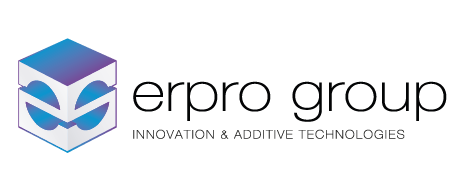FDM : Fused Deposition Modelling
FDM a compromise between powder sintering and stereolithography..
FDM or Fused Deposition Modeling is an additive manufacturing process known as “wire deposition” or more precisely “deposition modeling of molten wire”. We propose to manufacture ABS parts of different colors.
FDM technology is ideal for the validation of mechanical and thermal properties. This technology based on the extrusion of molten wire works on a simple principle: through a nozzle that moves on a plate, a plastic wire of the order of 1 / 10th of a millimeter is extruded and shapes the piece layer by layer.
As in Stereolithography, supports are necessary for the manufacture of parts, but consist of a soluble material that allows for very complex structures



For all your FDm projects
Nous vous proposons l’impression sur 5 machines différentes, découvrez les dès maintenant

Stratasys F770
Avec la F770 Stratasys réalisez une ou plusieurs pièces de grandes dimensions ou profitez de la capacité de cette imprimante pour fabriquer plusieurs pièces et ainsi optimiser votre productivité.
En savoir plus
Ultimaker S5
L’Ultimaker S5 est une imprimante 3D dotée d’un grand volume de construction, qui permet de produire des pièces précises, de qualité industrielle, à tout moment.
En savoir plus

Bambu Lab X1
La Bambu Lab X1-Carbon est une imprimante 3D dotée d’une vitesse d’impression exceptionnelle. Sa technologie de capteurs embarquée vous offre une grande fiabilité..
En savoir plus

Creality K1 Max
Avec une vitesse folle de 600 mm/s, la K1 Max est 12 fois plus rapide qu’une imprimante 3D FDM classique.
En savoir plus

Roboze One+400
Avec la Roboze One+400, nous vous proposons un service d’impression 3D de polymères très hautes performances thermiques et mécaniques.
En savoir plus
